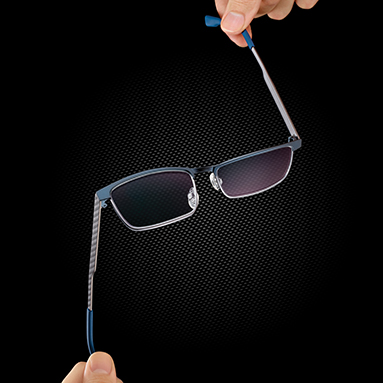The experienced staff at Jody’s Optical will help you pick out your new glasses! With thousands of frames to choose from, from all the top designers, we are sure to find you the best fit for your personal style, and of course to get the world looking crisp again!
We offer frameless styles, frames for children, sunglasses and magnetic clip-ons.
If you don’t see what you want, or if you want a frame that we do not normally carry, we will order any frame just for you at no extra charge!







